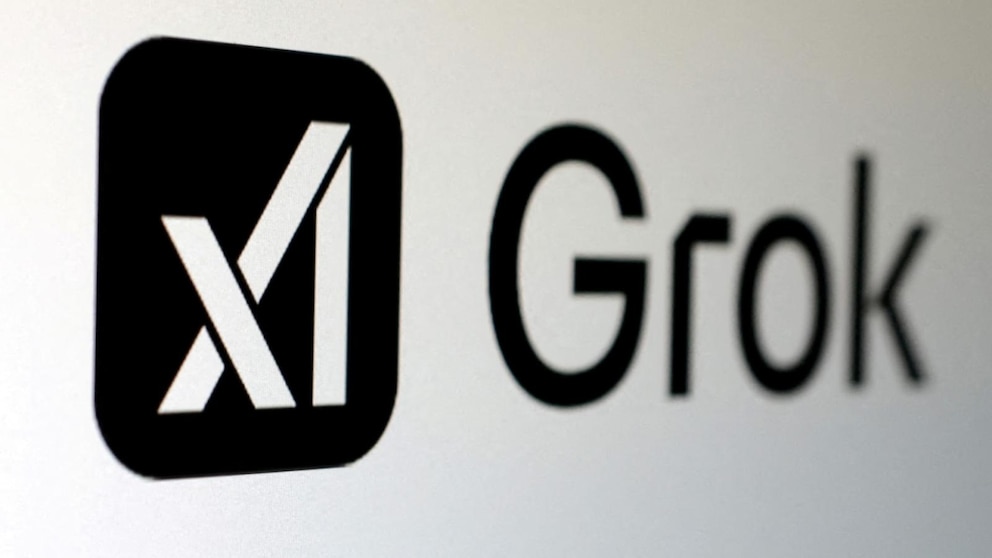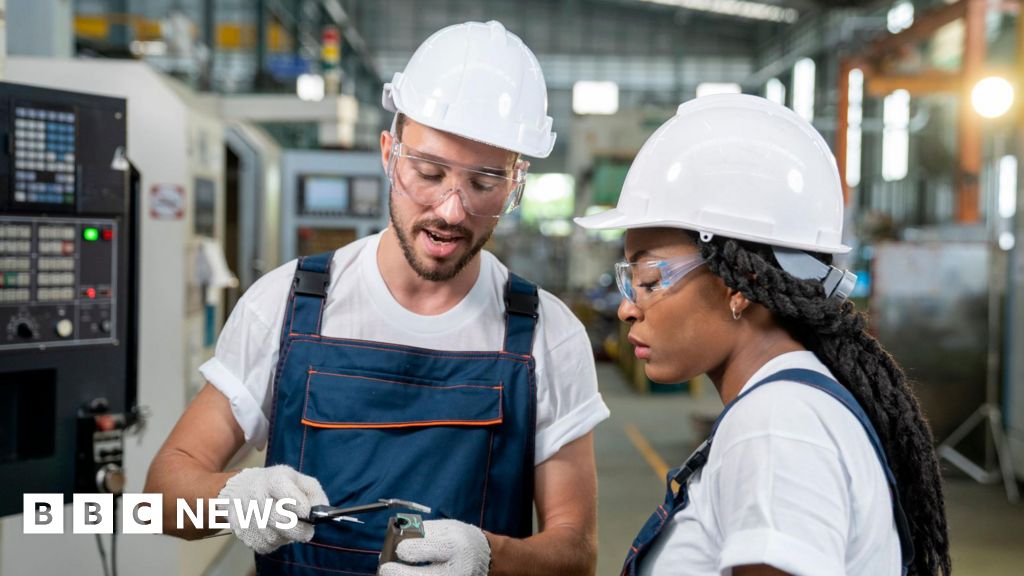Julian CruzSaturday, Jul 12, 2025 1:43 pm ET
![]() 2min read
2min read
The AI revolution is driving a seismic shift in data center infrastructure, and Navitas Semiconductor (NASDAQ: NVTS) sits at the epicenter of this transformation. Its partnership with NVIDIA to develop next-generation 800V high-voltage direct current (HVDC) systems is not just a technical milestone—it's a strategic play to dominate the $30 billion AI data center market. Here's why investors should take note.

The NVIDIA Partnership: A Catalyst for 1 MW+ AI Racks
Navitas' collaboration with NVIDIA targets a critical pain point in AI infrastructure: power efficiency. Current data centers rely on 54V systems, limiting racks to a few hundred kilowatts. NVIDIA's Kyber rack-scale architecture, powered by Navitas' GaNFast and GeneSiC technologies, aims to deliver racks exceeding 1 MW by 2027. This leap is enabled by 800V HVDC, which eliminates multiple conversion steps, reducing energy losses and copper usage by up to 45%.
The technical specs are staggering. Navitas' GaNFast power ICs offer 350 ns short-circuit protection and operate at 98–99% efficiency, while its GeneSiC SiC MOSFETs run 25°C cooler than rivals. These innovations are already materializing: in 2025, Navitas showcased a 12 kW AI PSU at Computex, featuring IntelliWeave digital control for 99.3% peak efficiency—a game-changer for hyperscalers like Google and Alibaba.
The AI Data Center Gold Rush
Hyperscalers are racing to upgrade infrastructure for large language models (LLMs) and generative AI, which require exponential compute power. NVIDIA's Kyber systems, paired with Navitas' 800V HVDC, could reduce data center TCO by 30% through lower cooling costs and fewer maintenance needs. By 2027, when Kyber is expected to scale commercially, Navitas stands to capture a significant slice of this growth.
The broader market is booming: AI-specific data center spending is projected to hit $150 billion by 2030, per Gartner. Navitas' position in NVIDIA's ecosystem gives it a first-mover advantage in this space, especially as rival chipmakers like Intel and AMD scramble to catch up.
Valuation: A Discounted Leader in Wide-Bandgap Tech
Despite its potential, NVTS trades at a forward P/S ratio of 15.5x, far below its 2023 highs but still reasonable given its growth trajectory. Competitors like Power Integrations (POWI) and Wolfspeed (WOLF) trade at 6.3x and 0.5x P/S, respectively, but lack Navitas' AI-specific focus.
The company aims to achieve positive EBITDA by 2026, supported by cost cuts and a debt-free balance sheet ($75M cash). While near-term losses persist (Q1 2025 EPS: -$0.53), the path to profitability is clear: scaling production of its 12kW AI PSUs and leveraging its $900M EV pipeline in automotive charging.
Risks: Tariffs and Supply Chain Headwinds
The near-term outlook isn't without hurdles. U.S.-China trade tensions threaten Navitas' SiC business, with tariffs adding 2–3% to costs. However, the company is mitigating risks by diversifying wafer suppliers—transitioning GaN production to Taiwan's Powerchip by 2026—and focusing on high-margin AI contracts.
Analyst skepticism persists, with a “Hold” rating reflecting stretched valuations and delayed revenue growth (2025 revenue guidance: flat at $14–15M). Yet, these headwinds are temporary; the real prize lies in 2027 and beyond.
Investment Thesis: A Long-Term Buy with Near-Term Caution
Navitas is a “buy the dip” story. While short-term risks like tariff volatility and margin pressures may keep the stock range-bound, its role in NVIDIA's AI infrastructure is irreplaceable. The 2027 Kyber rollout and EBITDA breakeven in 2026 create clear catalysts for valuation re-rating.
Actionable Takeaway:
- Hold for 12–18 months, targeting a $10+ price if AI adoption accelerates.
- Avoid shorting: The stock's 24% short interest and 3.0 beta suggest excessive pessimism.
In a sector dominated by giants like Intel and NVIDIA, Navitas' niche in wide-bandgap semiconductors offers outsized upside. This is a stock to own as the AI era transitions from hype to hypergrowth.
Final Note: Investors should monitor Q3 2025 earnings for progress on EBITDA and track tariff developments post-2026.








 English (US) ·
English (US) ·